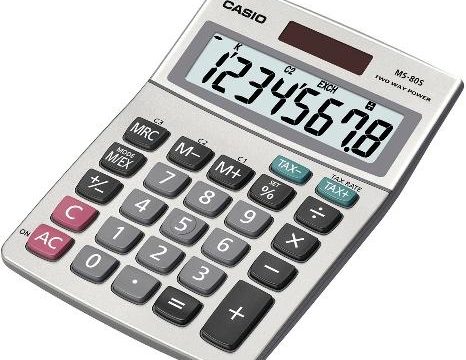If you’re in the process of applying to university, you may have heard of the UCAS tariff. And, like so many prospective applicants, you may have absolutely no idea what it means. Even more confusingly, UCAS recently refreshed their whole tariff system, and their changes will come into effect in September 2017. Luckily, we’re here to help.
What does the UCAS Tariff count?
According to the Complete University Guide, the UCAS Tariff, also known as UCAS Points, are used to measure the value of your post-16 qualifications in the UK. These include A-Levels, BTECs, Cambridge Pre-U, the International Baccalaureate, other international qualifications, music and dance qualifications, diplomas, City & Guilds qualifications, and so many more. If you want to check whether your qualifications are included, go to the UCAS Calculator and see if they appear on the list.
Will universities ask me for my UCAS Tariff?
Often, they won’t. Leading universities, such as Oxford, Cambridge, and other Russell Group institutions, will usually only give offers based on A level grades. Currently, only a third of undergraduate courses list their entry requirements in terms of UCAS Points. The university website or subject prospectus will tell you how many Points, or what grades, you need to attain to get a place on the course you want to do.


How can I calculate my tariff?
I’m glad you asked. Points under the UCAS Tariff are calculated in a somewhat complicated way. Each qualification has a size value and a grade value. The size value refers to how many learning hours are required to achieve the qualification, whilst the grade value, somewhat more transparently, refers to the mark you have. So, for example, an A at A level is worth 48 points, and an A in the Welsh Baccalaureate is also worth 48 points, but a C at AS level only equates to 12 points.
Remember, though – if you’ve done qualifications which build on others, such as AS and then A levels, only the points of the highest level of the qualification will count when calculating your points. Working out the points for each qualification, then, requires you to engage in some mental maths.


You probably don’t have this many UCAS points…
Thankfully, UCAS have created a dedicated UCAS Tariff calculator, which can be found here. All you have to do is enter your qualifications and grades from a drop-down list, and then, once you’ve entered them all, press next. Done!
For everything else you need to know about applying for university through UCAS, download The MyTutor Guide to UCAS 2019/20.
For all the latest information on the UCAS Tariff, direct from UCAS themselves, click here.
Want to boost your UCAS Tariff? The higher your grades, the higher your score. If you think you might not get that A*, our tutors are here to help.


Lauren has worked at MyTutor on and off since 2016, writing blogs, answering calls, and eating everyone else’s biscuits. She’s currently finishing her MA at UCL, and getting far too sunburnt in this heatwave.




